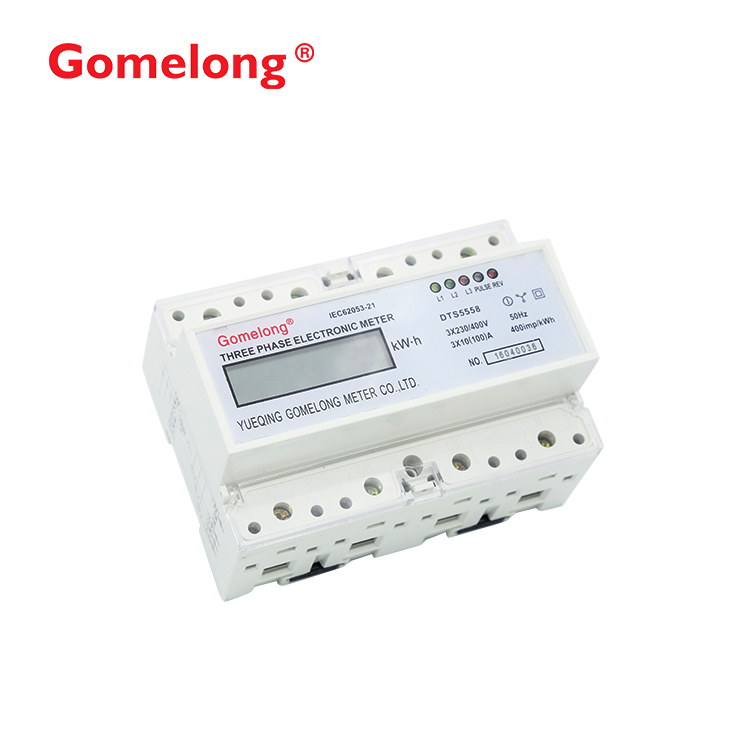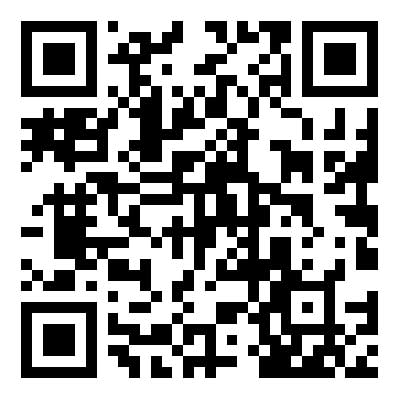Bridging the Gap: Unraveling the Distinctions Between 3 Phase Remote Smart Watt Meters and Traditional Watt Meters
2023-11-15
Introduction:
In the dynamic landscape of energy management, traditional watt meters have been a stalwart tool for measuring electricity consumption. However, as technology advances, the emergence of 3 Phase Remote Smart Watt Meters signifies a transformative shift in how we monitor and optimize energy usage. In this blog, we explore the key distinctions that set these two metering systems apart.
1. Monitoring Phases:
- Traditional Watt Meters: Typically designed for single-phase systems, traditional watt meters are adept at monitoring electricity consumption in residential settings where single-phase power is common.
- 3 Phase Remote Smart Watt Meters: Tailored for industrial and commercial applications, these meters excel in monitoring three-phase power systems, providing a comprehensive view of energy usage across multiple phases.
2. Remote Monitoring Capabilities:
- Traditional Watt Meters: Primarily analog or basic digital devices, traditional meters often lack remote monitoring features. Users need to physically check the meter for readings.
- 3 Phase Remote Smart Watt Meters: Embrace the power of connectivity. These smart meters facilitate remote monitoring through advanced communication protocols, allowing users to access real-time data from anywhere with an internet connection.
3. Communication Protocols:
- Traditional Watt Meters: Usually lack sophisticated communication capabilities. Data retrieval is manual and requires physical presence.
- 3 Phase Remote Smart Watt Meters: Equipped with advanced communication protocols like Zigbee, LoRa, or cellular connectivity, enabling seamless data transmission for remote monitoring and control.
4. Real-Time Metering:
- Traditional Watt Meters: Offer basic real-time readings but may lack precision and instantaneous data.
- 3 Phase Remote Smart Watt Meters: Provide precise real-time metering capabilities, offering instantaneous information on power usage, voltage, and current.
5. Data Logging and Analytics:
- Traditional Watt Meters: Limited in data storage capabilities, making it challenging to analyze historical trends or perform in-depth energy usage assessments.
- 3 Phase Remote Smart Watt Meters: Feature comprehensive data logging capabilities, recording historical data for detailed analytics, trend analysis, and informed decision-making.
6. Smart Grid Integration:
- Traditional Watt Meters: Primarily standalone devices, often not designed to integrate with smart grid systems.
- 3 Phase Remote Smart Watt Meters: Engineered to seamlessly integrate with smart grid systems, contributing to efficient energy distribution and load balancing.
7. Security Features:
- Traditional Watt Meters: Generally lack advanced security features, making them susceptible to tampering.
- 3 Phase Remote Smart Watt Meters: Equipped with robust security protocols and tamper detection features to ensure data integrity and prevent unauthorized access.
8. User Interface:
- Traditional Watt Meters: Typically feature analog dials or basic digital displays, providing limited information.
- 3 Phase Remote Smart Watt Meters: Often equipped with user-friendly interfaces, including LCD or LED displays, offering users easy access to a wealth of detailed information.
9. Load Profiling:
- Traditional Watt Meters: Do not have advanced load profiling capabilities, limiting their ability to analyze and categorize energy usage patterns.
- 3 Phase Remote Smart Watt Meters: Incorporate load profiling features, enabling users to understand usage patterns, identify inefficiencies, and implement targeted energy-saving measures.
10. Environmental Impact Monitoring:
- Traditional Watt Meters: Primarily focus on energy consumption measurement without considering the broader environmental impact.
- 3 Phase Remote Smart Watt Meters: May include features to assess the environmental impact of energy consumption, providing users with insights into their carbon footprint.
Conclusion:
As we transition into an era of smart technology, the distinctions between traditional watt meters and 3 Phase Remote Smart Watt Meters become increasingly apparent. While traditional meters have served admirably, the advent of smart meters brings forth a new era of efficiency, precision, and connectivity in energy monitoring. The 3 Phase Remote Smart Watt Meter, with its advanced features and capabilities, stands as a testament to the evolution of energy management toward a more connected and sustainable future.



